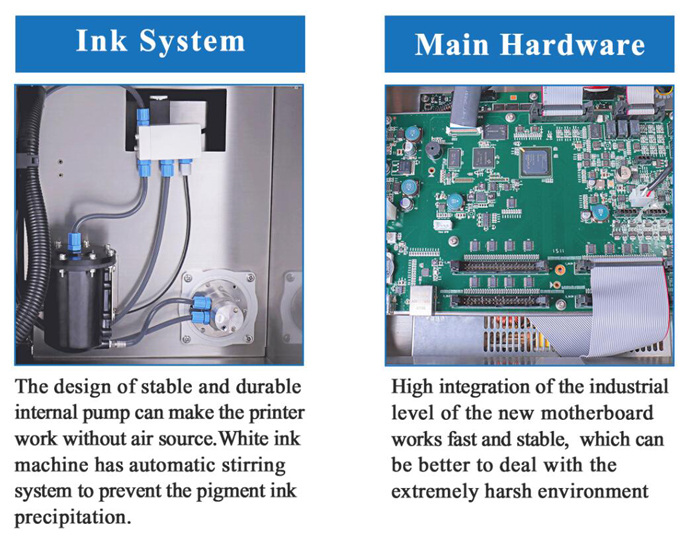Laser printers
Using lasers in printers may sound like a dangerous technology, especially with so much paper around, but the funny thing is that these are actually some of the simplest printers out there. So how do they work?
The principle of laser printers is to use laser scanning imaging technology to charge the imaging drum with static electricity to attract toner, while the heating roller heats the paper to fuse the toner inside the paper to complete the thermal imaging printing process.
Laser printers are usually used in offices and workplaces, not at home. They use toner rather than printer ink and are more economical, especially when used on a large scale. High printing accuracy, speed, and cheap and durable supplies are its advantages.
Duplex laser printers allow automatic duplex printing, while inkjet printers require a manual approach for duplex printing.
They can handle color printing, but not nearly as well as inkjet printers can handle photos and images.
Inkjet printers
Inkjet printers have become the most commonly used printers because they can provide excellent print quality without breaking the bank. You'll find inkjet printers of all shapes and sizes, from very large A3 photo printers all the way up to small wireless and portable compact printers that you can take with you on business trips.
Inkjet printing works by depositing very tiny droplets of ink precisely onto the paper to form an image. It has the advantages of small size, easy and convenient operation, low printing noise, and the ability to produce images comparable to photographs when using specialized paper.
Dpi (droplets per inch or dots per inch) is a common acronym that you will see when referring to inkjet printers. For example, when a printer has a resolution of 600 x 600 dpi, this means that the printer will place 600 dots per inch horizontally and 600 dots per inch vertically. Printers with higher dpi will produce better print quality. Lower dpi will generally increase print speed and reduce ink consumption, but it will reduce print quality.

评论
发表评论